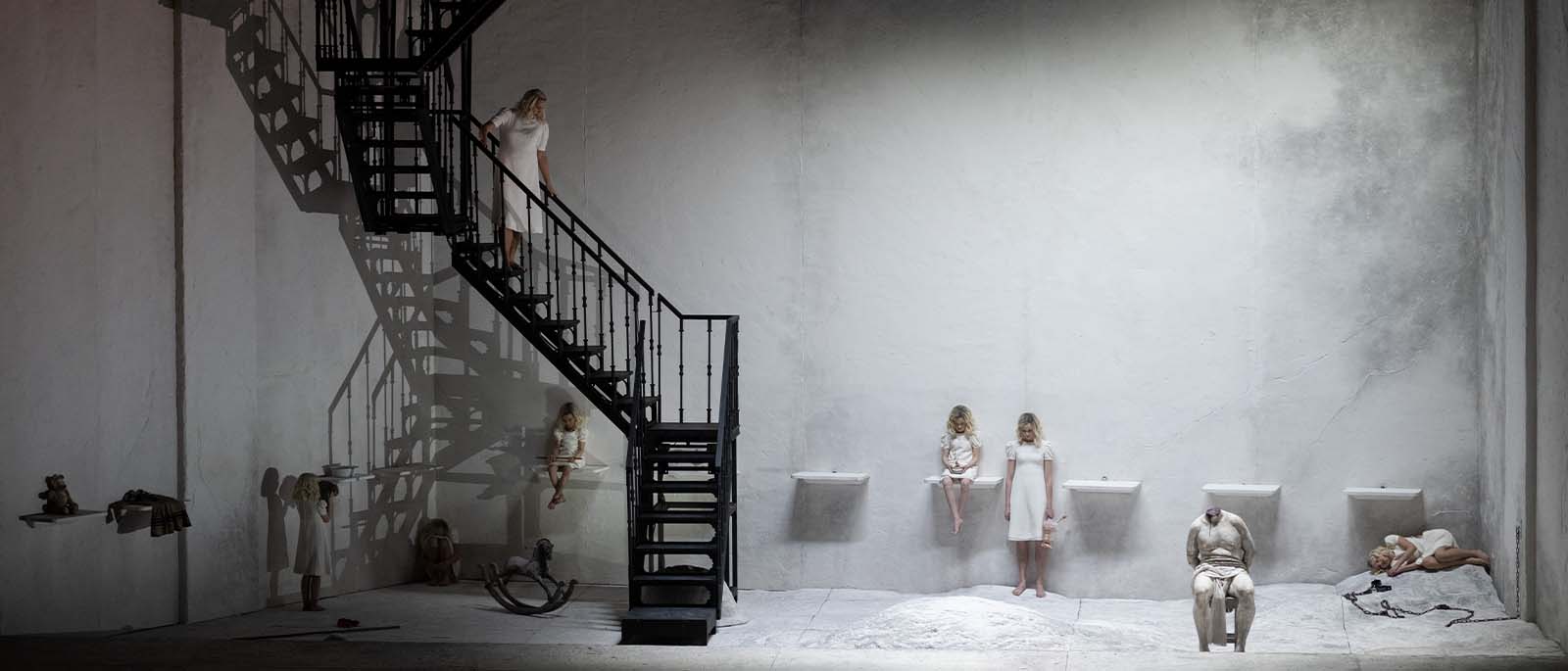
Salome
Few subjects have fascinated artists, writers, and composers more than the biblical tale of the princess Salome, her stepfather Herod, and the captive prophet John the Baptist. And few works have caused as much uproar—among critics and audience members alike—as Oscar Wilde’s 1893 French play Salomé, the basis of German composer Richard Strauss’s equally controversial opera. Alternately praised for its musical inventiveness and scorned for its moral depravity when it premiered in 1905, Salome is now a cornerstone of the modern operatic canon, a rare repertory mainstay still capable of provoking uncomfortable questions about desire, power, and violence.
The opera returns to the Met this season in its first new production in 20 years. In his Met debut, German director Claus Guth gives the biblical story a psychologically perceptive Victorian-era setting rich in symbolism and subtle shades of darkness and light. Guth’s vision invites audiences directly into the subterranean chamber where the prophet Jochanaan languishes and where Salome—steadfast and cunning—discovers both the object of her obsession and the opportunity to challenge her stepfather’s power.
This guide approaches Salome as a complex work that encourages the consideration of pressing questions about political power, cultural controversy, and the social contexts in which art is made and consumed. The materials on the following pages will enable students and educators to engage with the historical background of both Wilde’s play and Strauss’s opera, visual representations of the Salome legend, the history of Salome at the Met, censorship in contemporary culture, and Strauss’s extraordinary musical language. In so doing, they will approach a deeper understanding of why Salome was—and perhaps still is—a shock.
Included in the 2024-25 season of HD Live in Schools.